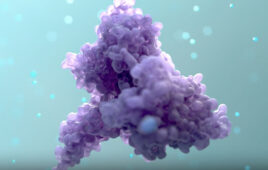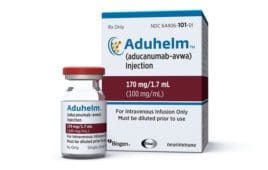
Children with autism often find social interactions awkward, leaving them isolated. Now in a study appearing in ACS’ Journal of Medicinal Chemistry, scientists report that they have discovered a first-of-its-kind compound that promotes social interaction among laboratory mice that display autistic traits. The finding could lead to the development of drugs capable of improving social behaviors in those who have autism.
Autism spectrum disorders (ASD) affect about one in every 59 children, according to the U.S. Centers for Disease Control and Prevention. Although symptoms vary, these disorders are often characterized by impaired social interactions, limited communication skills and repetitive behaviors. A few studies have shown that oxytocin, a hormone that acts like a neurotransmitter in the brain, can improve the ability of some ASD patients to interpret emotional cues and interact with others. However, oxytocin can’t be taken orally, is rapidly metabolized when given via injection and doesn’t readily cross the blood-brain barrier. Several research groups have tried to develop drug candidates that overcome these obstacles with little success. So Marcel Hibert and colleagues wanted to determine if other compounds that could mimic oxytocin — and also activate its receptor — might hold the key to helping ASD patients.
Some compounds that bind the oxytocin receptor also bind to another set of receptors for vasopressin, an antidiuretic hormone. The researchers found that these compounds share a common benzoyl benzazepine component. They tested variations of this structure, eventually finding one that appeared to have similar traits as oxytocin without its drawbacks. The team tested the compound in laboratory mice that were genetically altered so they behaved as if they had ASD. When given the compound, called LIT-001, the mice exhibited increased and more prolonged nose contacts than before — an indication that the mice were more social after treatment. The researchers concluded that this new compound could be an important step toward the development of drugs to relieve certain ASD symptoms.
SOURCE: American Chemical Society
Filed Under: Neurological Disease




